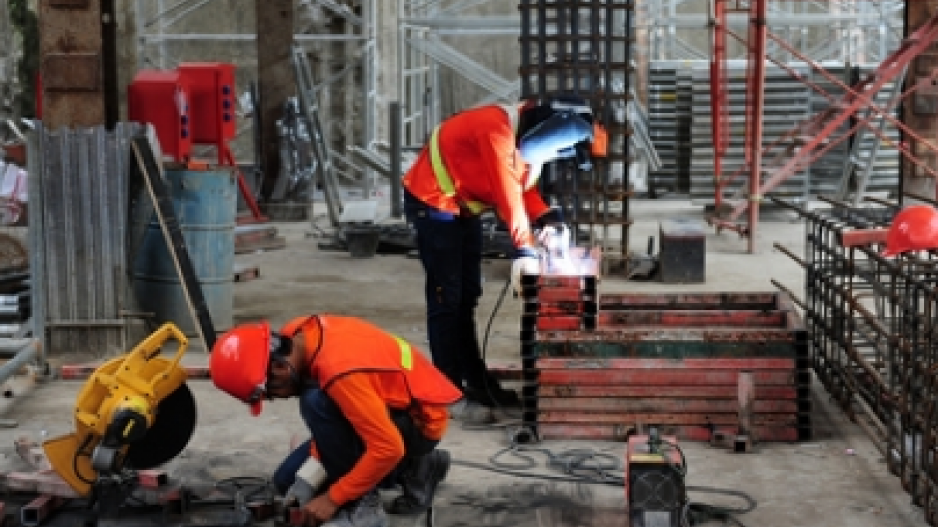.
B.C.’s labour market turned in another uninspiring performance in August, showing that the provincial economy remains in a low-growth state. While B.C. managed to add jobs in August, compared with a nationwide contraction, growth remained sluggish and generally insignificant. Employment rose 0.1% to a seasonally adjusted 2.33 million persons. Unemployment increased to 6.1% of the labour force.
Below the surface of the weak headline numbers were even softer details. While employment was up on the whole, gains were entirely attributed to part-time work, which rose by 3.3% compared with July. In contrast, full-time employment reversed the previous month’s increase and shrank 0.8%. On the whole, real employment (hours worked in the economy) was flat compared with July.
Among industries, there was plenty of variation in growth with half of the 16 sectors adding workers. While most changes were insignificant, stronger gains were observed in the utilities sector, while finance, insurance, real estate and leasing bore most of the losses.
As we have emphasized in the past, labour market data can fluctuate significantly month to month, making it unwise to draw conclusions from a single month. The trend matters more in gauging performance. The key theme for the labour market is that hiring remains soft. Average employment growth through the first eight months was up only 0.6%, with most of the gain owed to an upshift early in the year.
Meanwhile, it has been a part-timer’s market. Full-time employment was unchanged from a year ago – contributing to little change in the number of actual hours worked (real employment) from a year ago.
The employment rate, which measures employed persons relative to the working-age population, remains below 60% and is down about half a percentage point from a year ago and down from 63% in 2007-08, pointing to an economy generating jobs at a slower pace than the population requires.
Soft employment growth is forecast to continue, but we expect more employers to creep back into hiring mode. Broader economic growth is driving a pickup in exports, while small-business confidence has been strong in recent months, which should drive hiring. Annual employment growth is now forecast to reach about 0.8%.•
Bryan Yu is an economist at Central 1 Credit Union.




